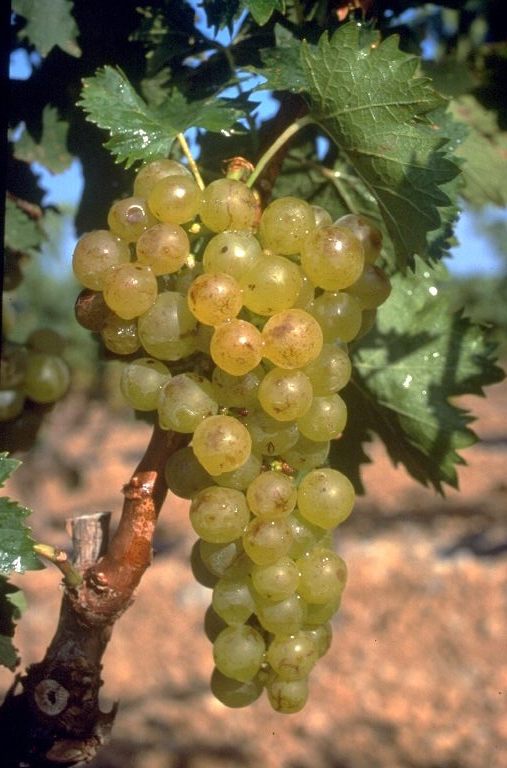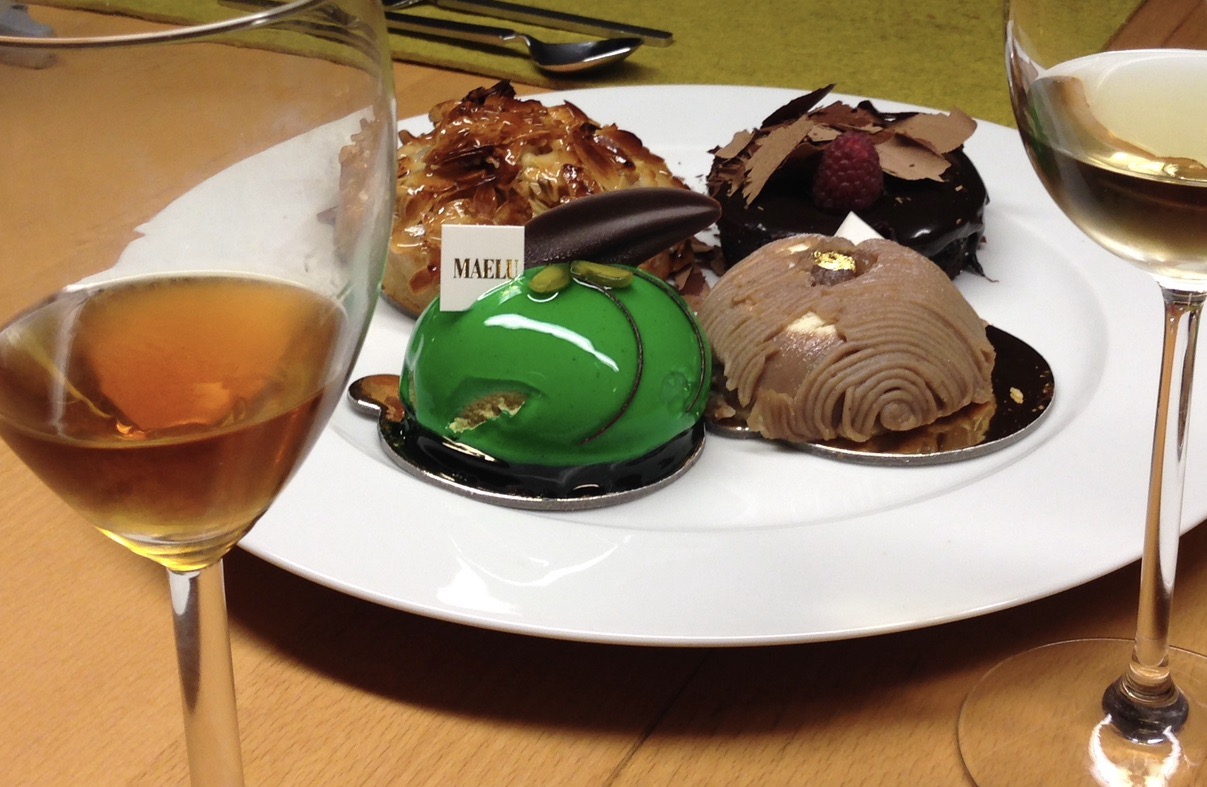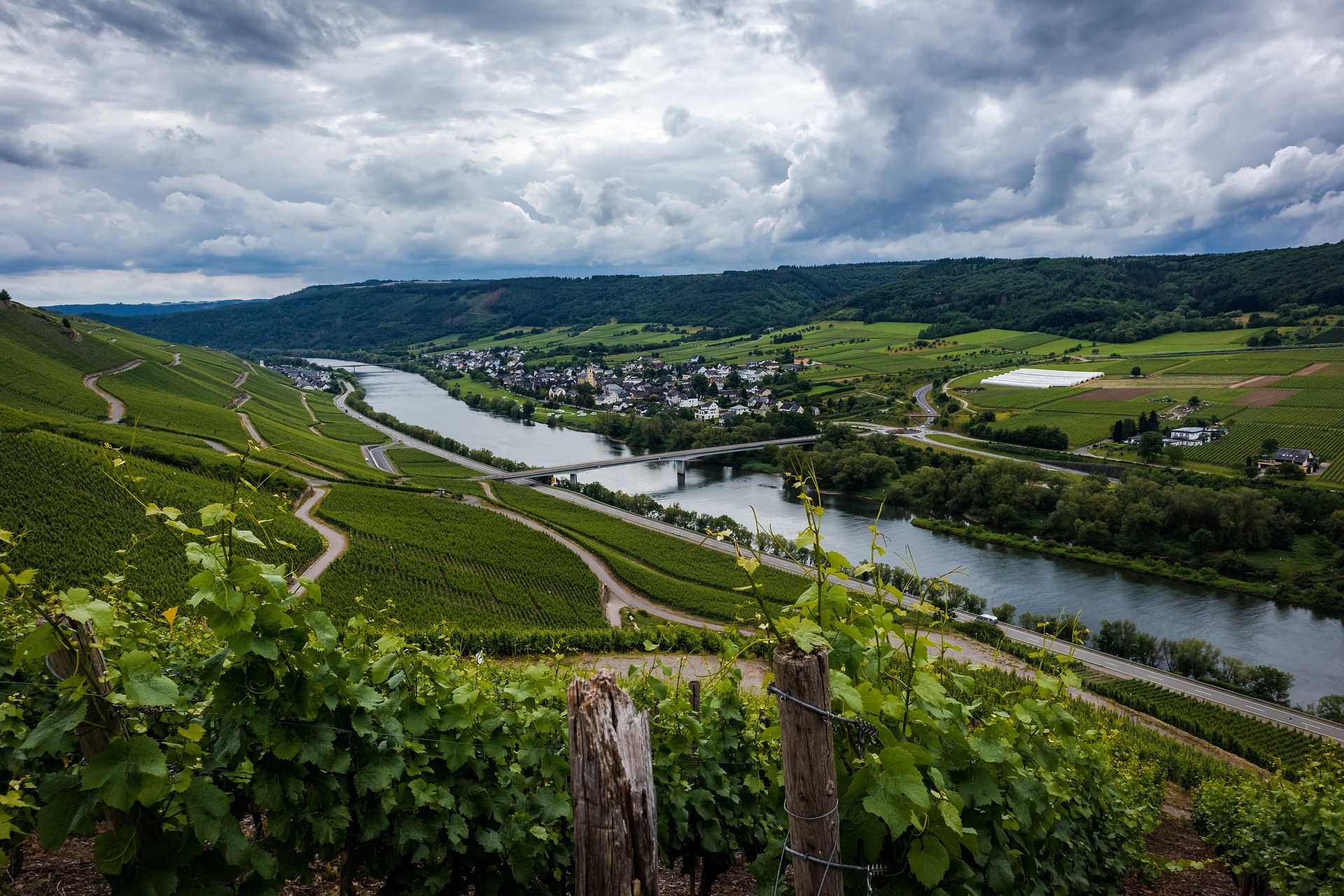![]()
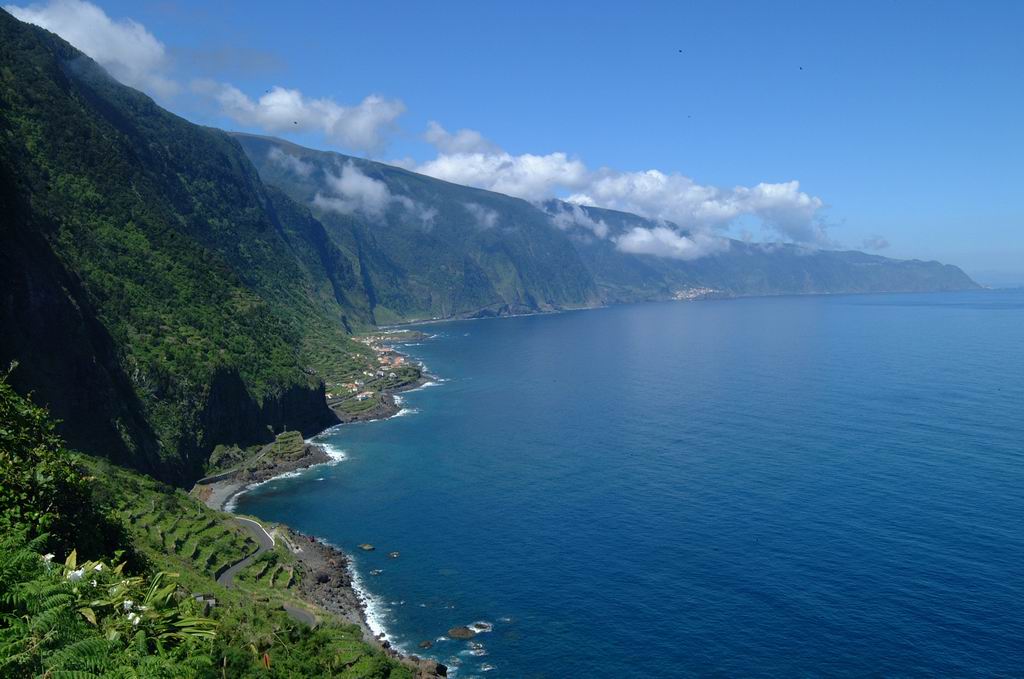
Malvasia, also called Malmsey, is probably the best known and most appreciated wine from Madeira. In earlier times it was almost exclusively made from Malvasia Cândida. However, the grape variety is very susceptible to Oidium and also somewhat capricious when it comes to its location. Probably because of this, there was already too little Malvasia wines in earlier years
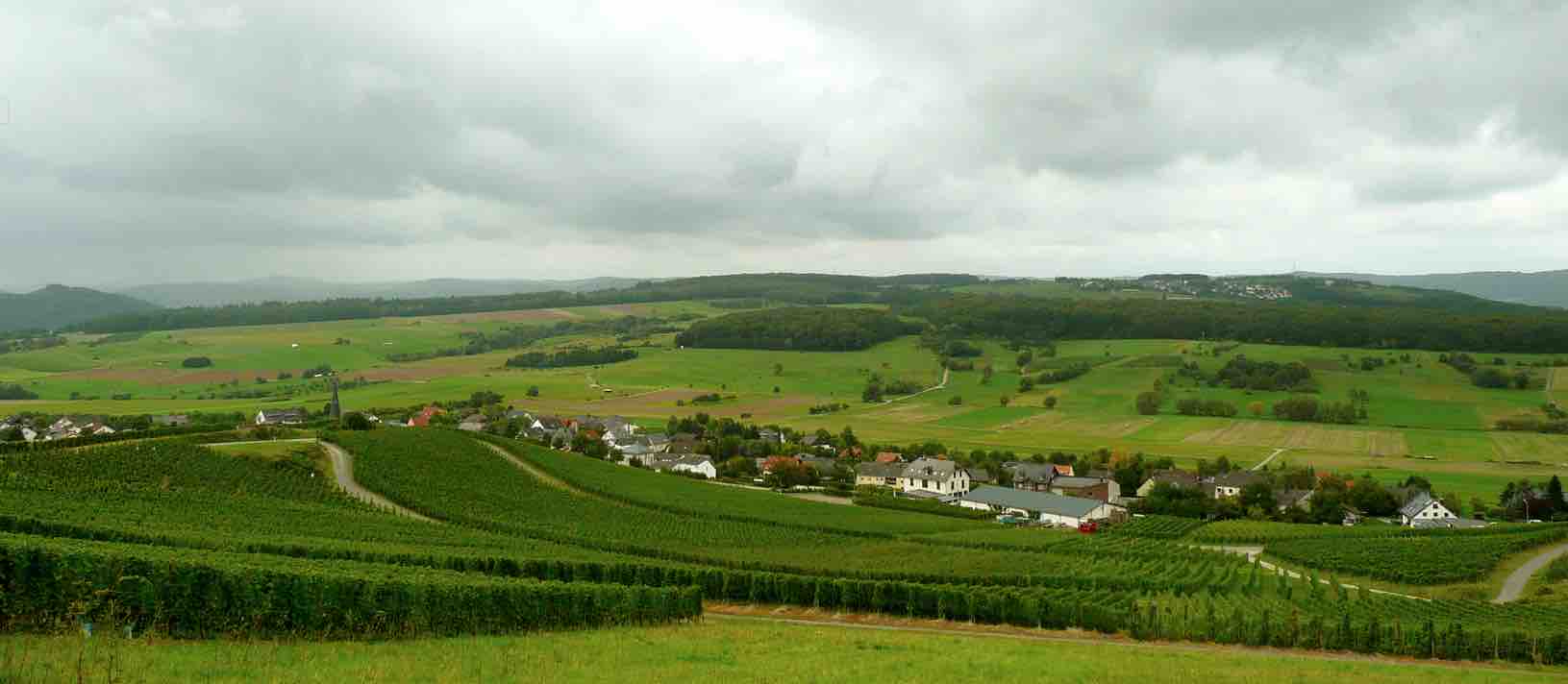
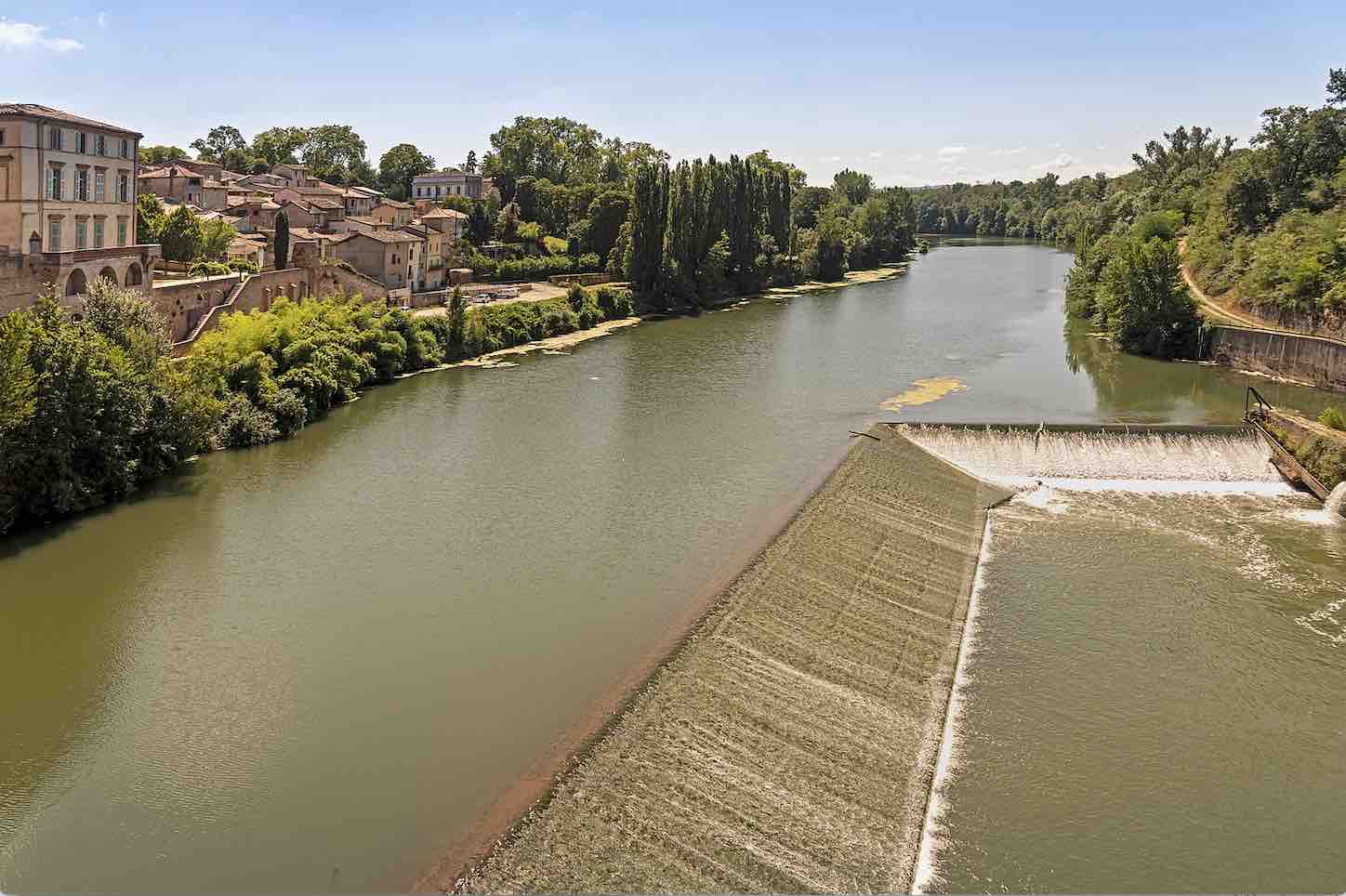
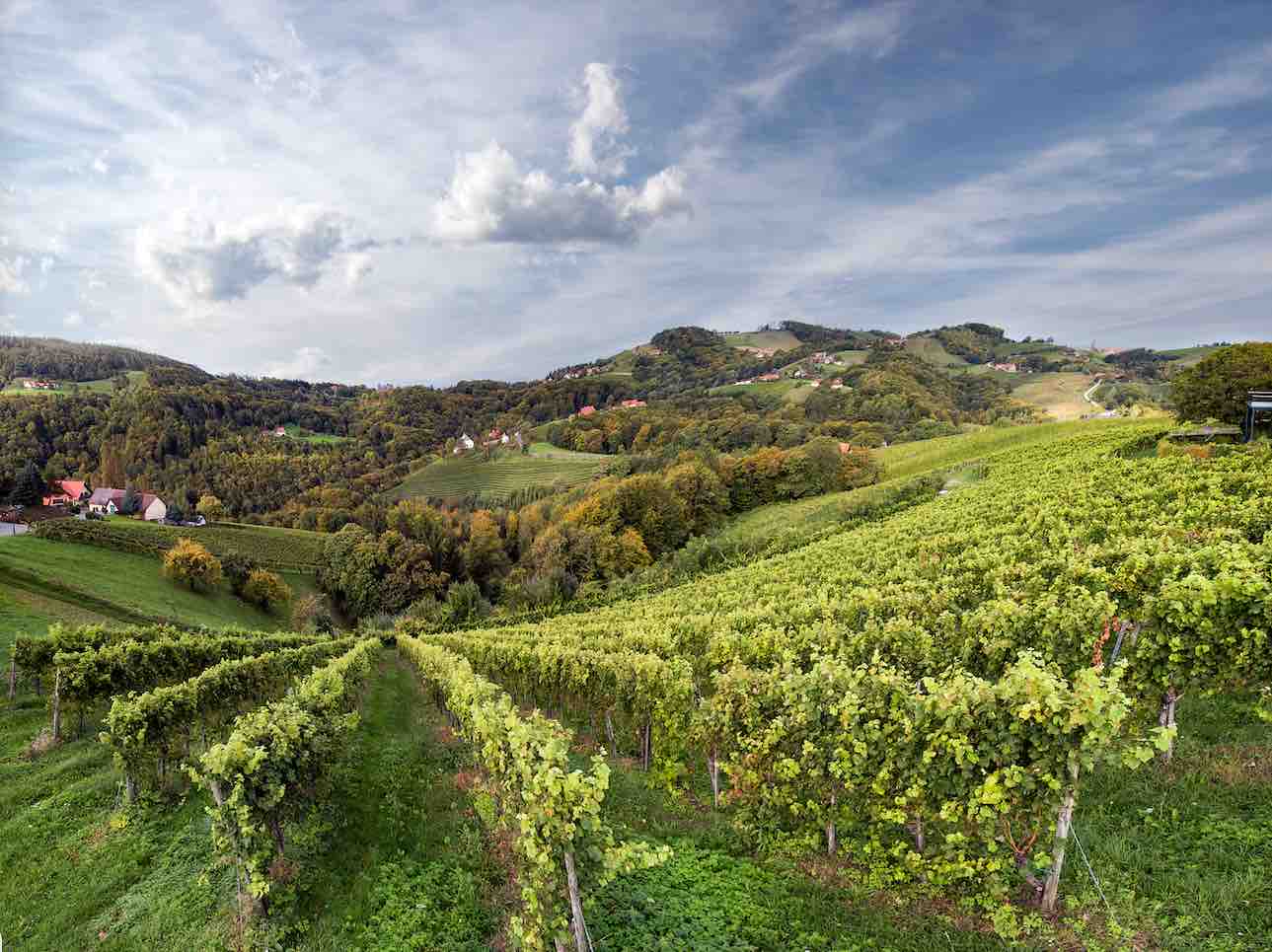
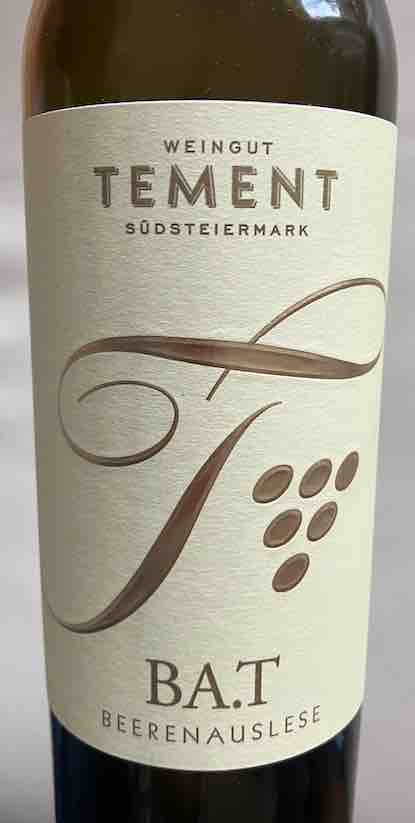 Southern Styria is known for its white wines, 90% of the vines are white varieties, above all the Sauvignon Blanc with around 25%. We tasted a sweet Beerenauslese of this variety from the Tement winery, a winery known for its very good Sauvignon Blanc wines.
Southern Styria is known for its white wines, 90% of the vines are white varieties, above all the Sauvignon Blanc with around 25%. We tasted a sweet Beerenauslese of this variety from the Tement winery, a winery known for its very good Sauvignon Blanc wines.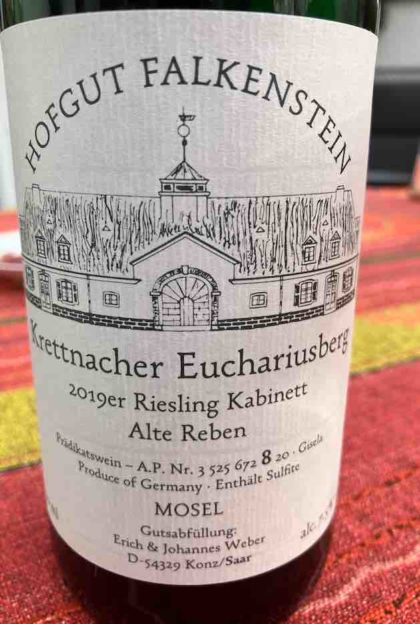
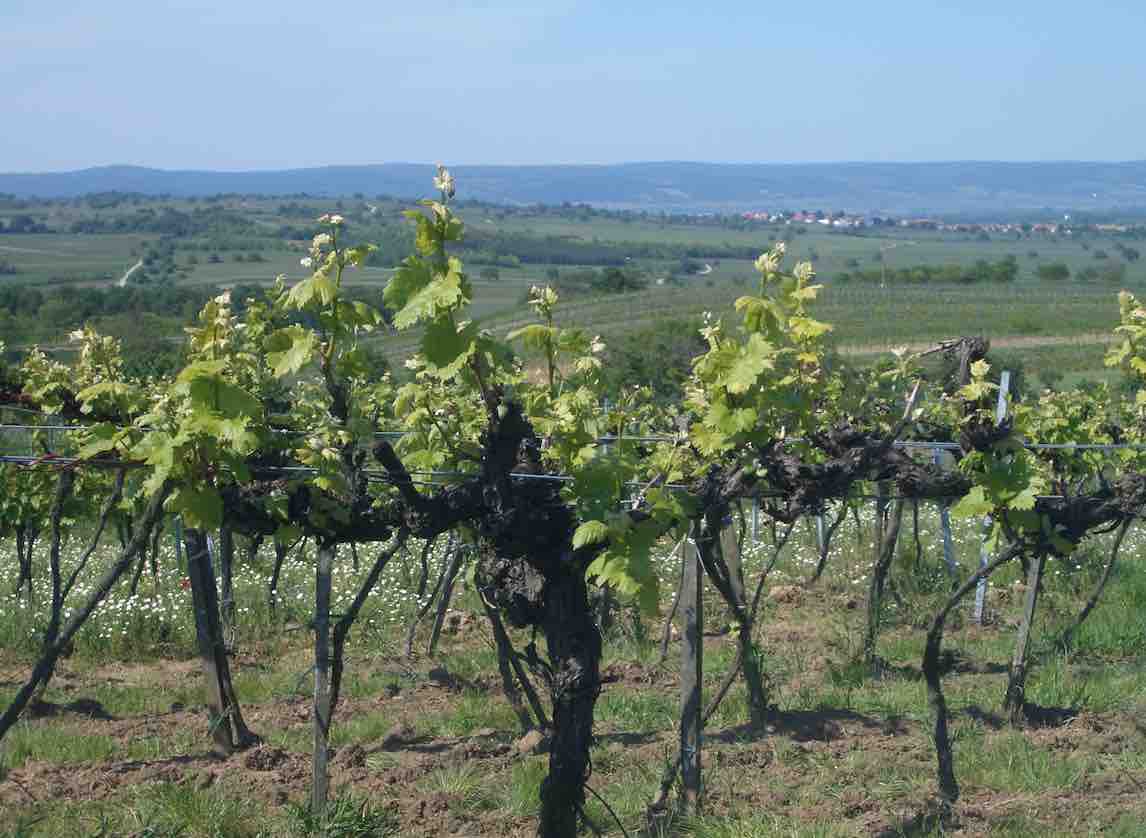
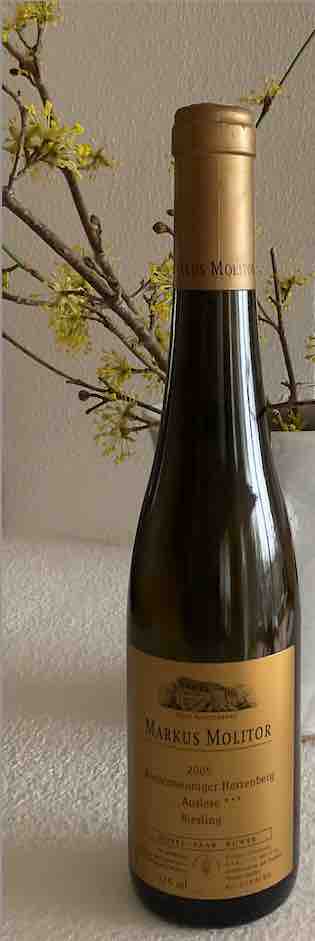 Markus Molitor shows how the consistent implementation of quality standards can become a story of success. Since taking over his father’s winery in 1984, he has constantly expanded it, as he has consistently pursued the goal he formulated of building on the golden days of Riesling from the Mosel with wines that are extremely typical of the location and can be stored.
Markus Molitor shows how the consistent implementation of quality standards can become a story of success. Since taking over his father’s winery in 1984, he has constantly expanded it, as he has consistently pursued the goal he formulated of building on the golden days of Riesling from the Mosel with wines that are extremely typical of the location and can be stored.